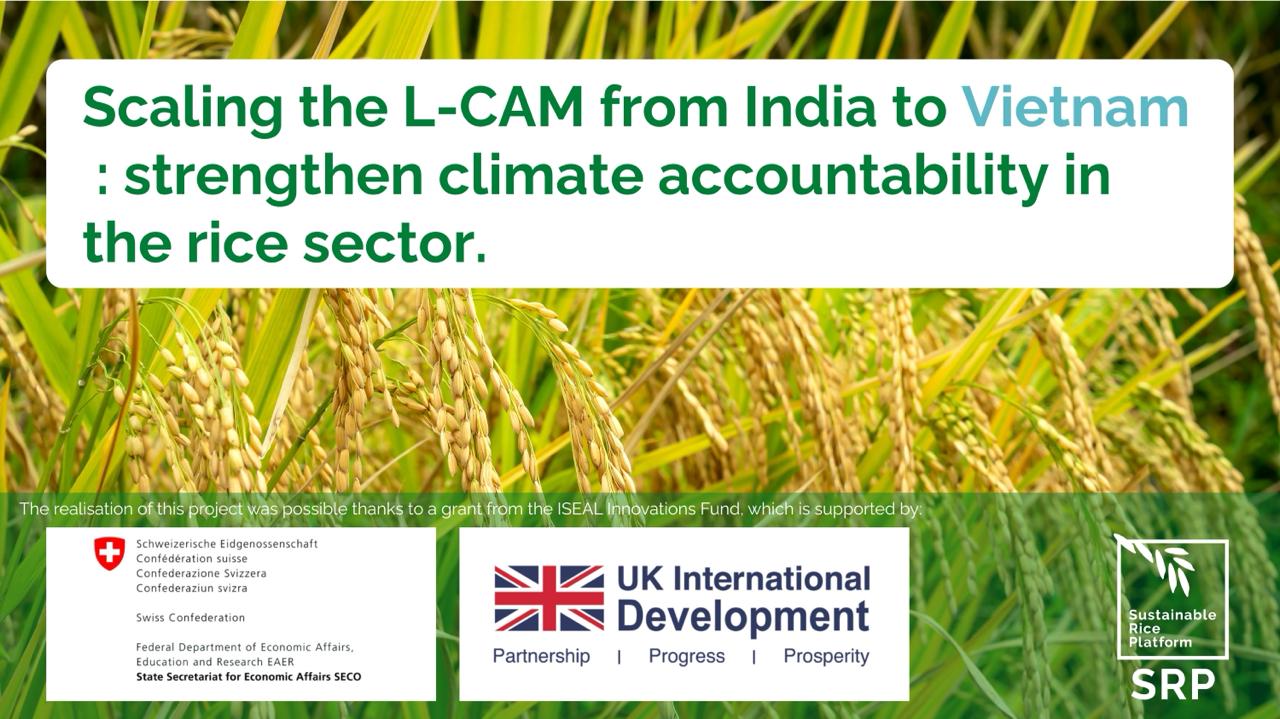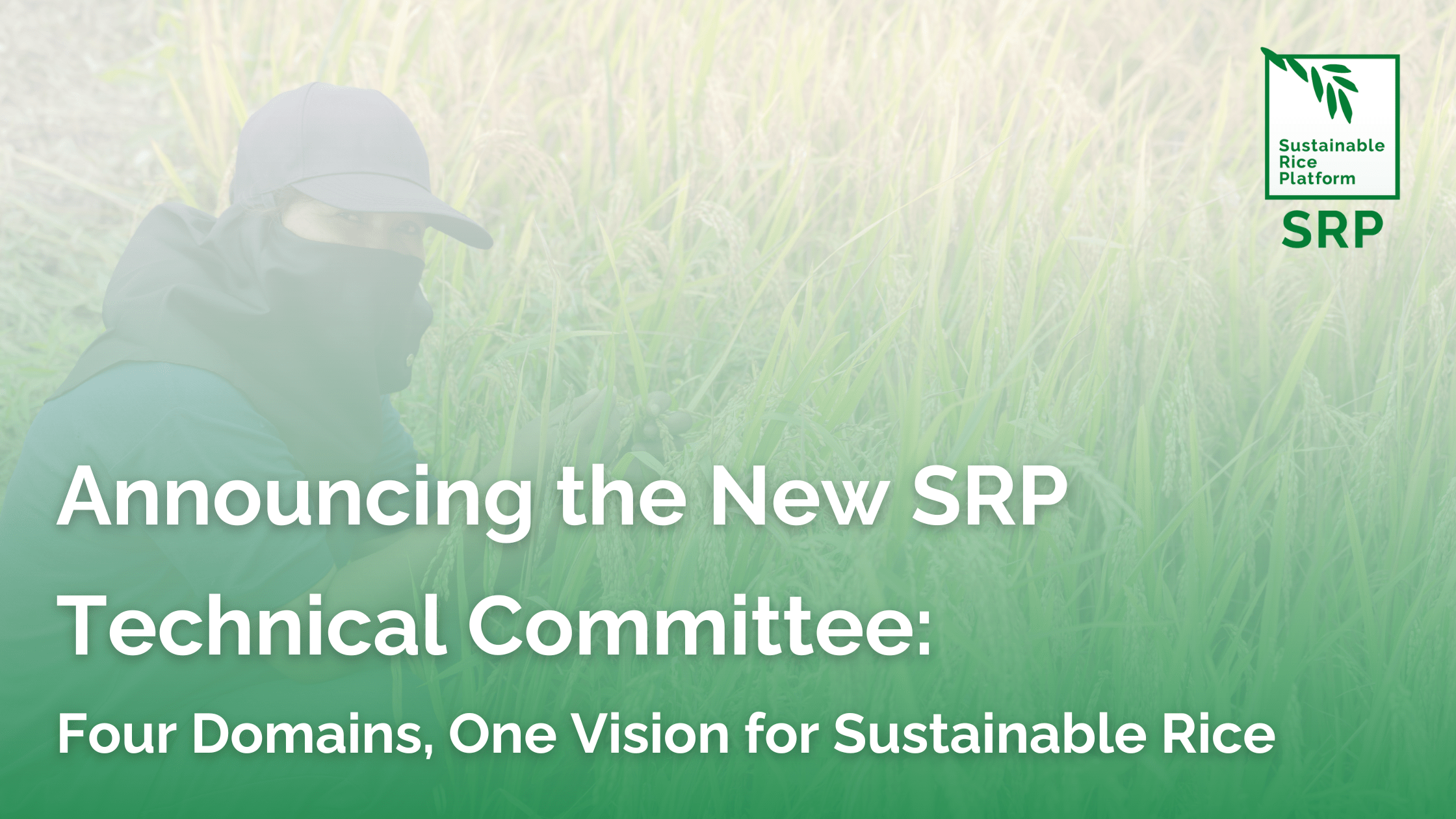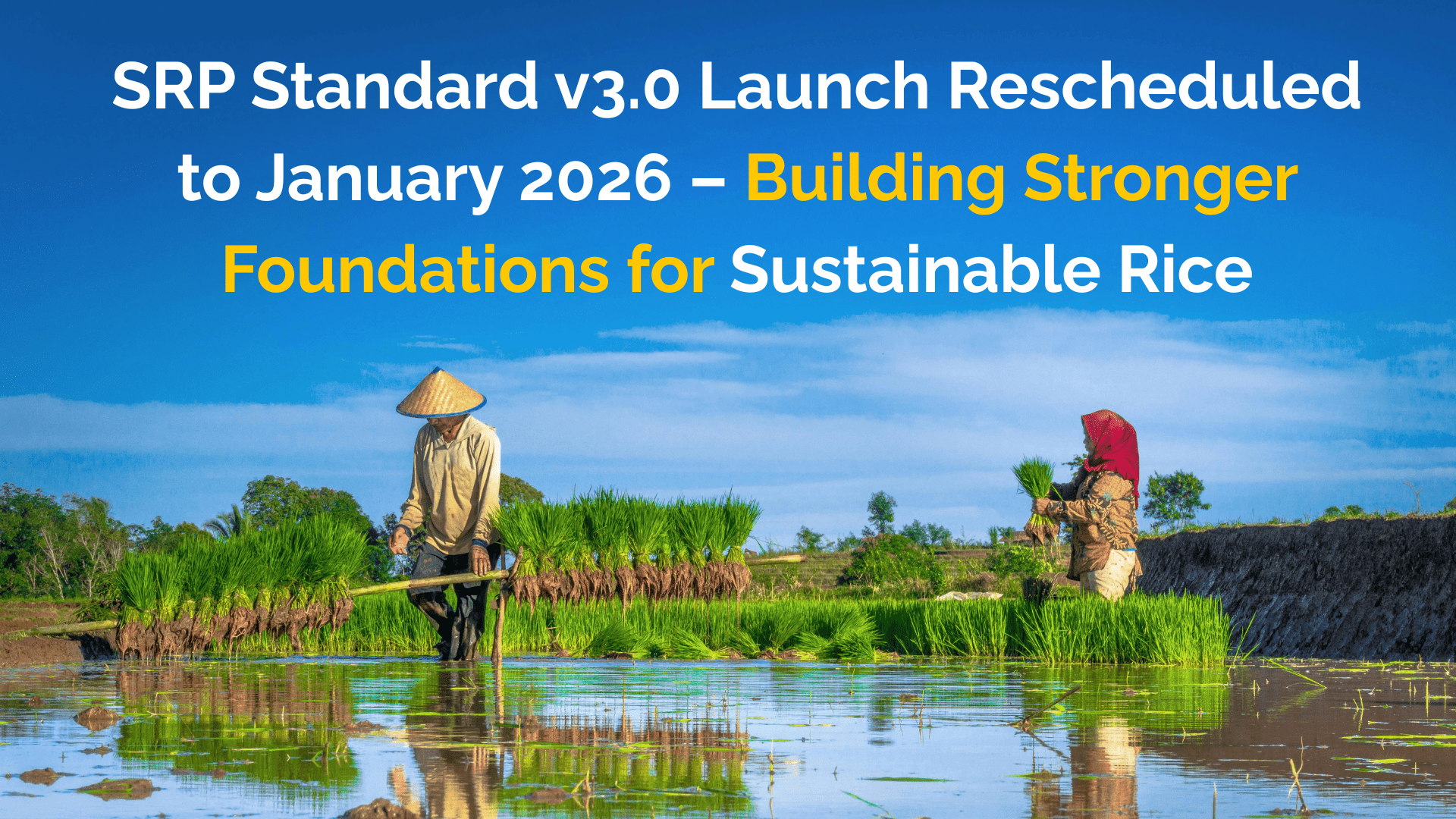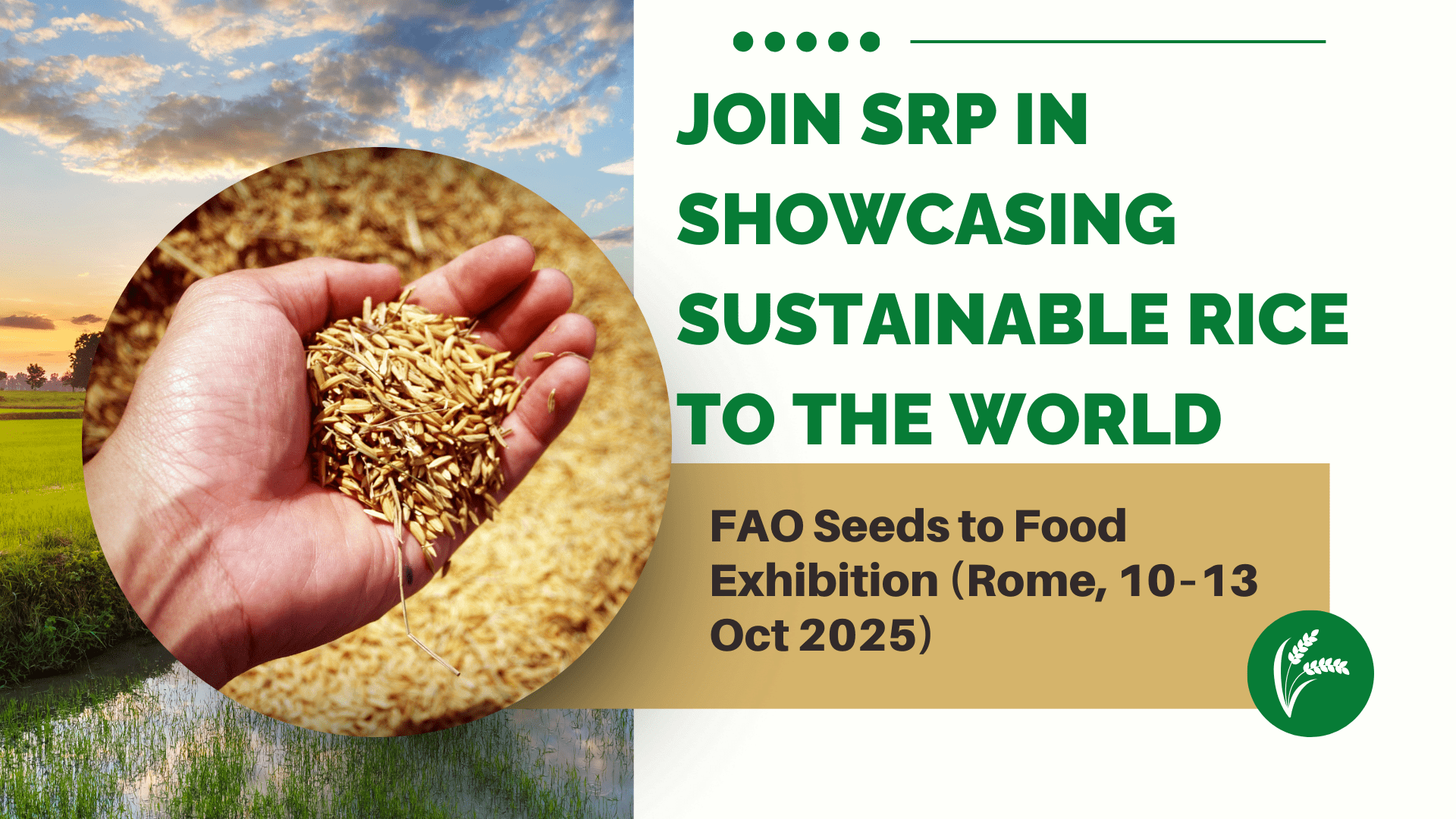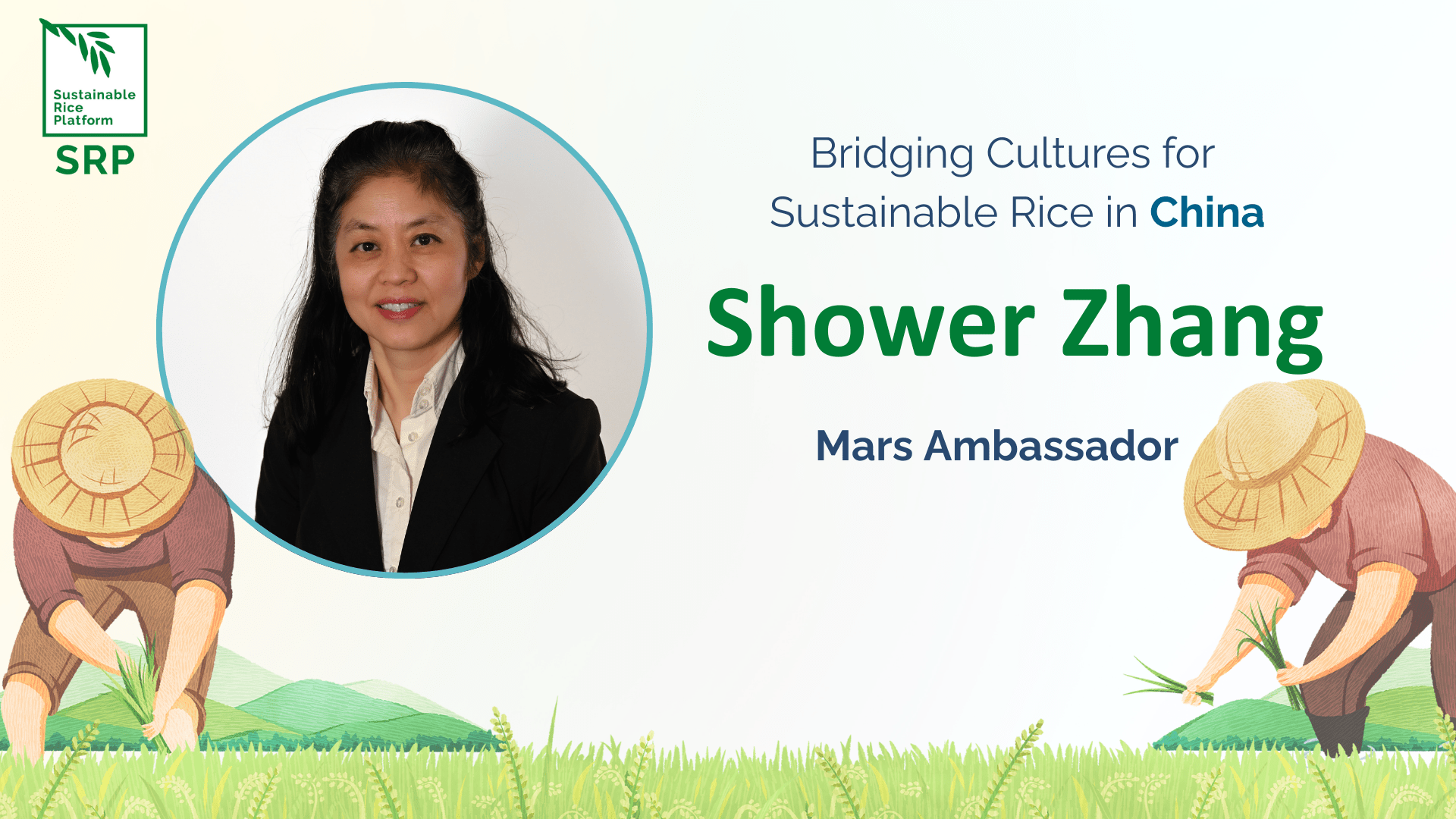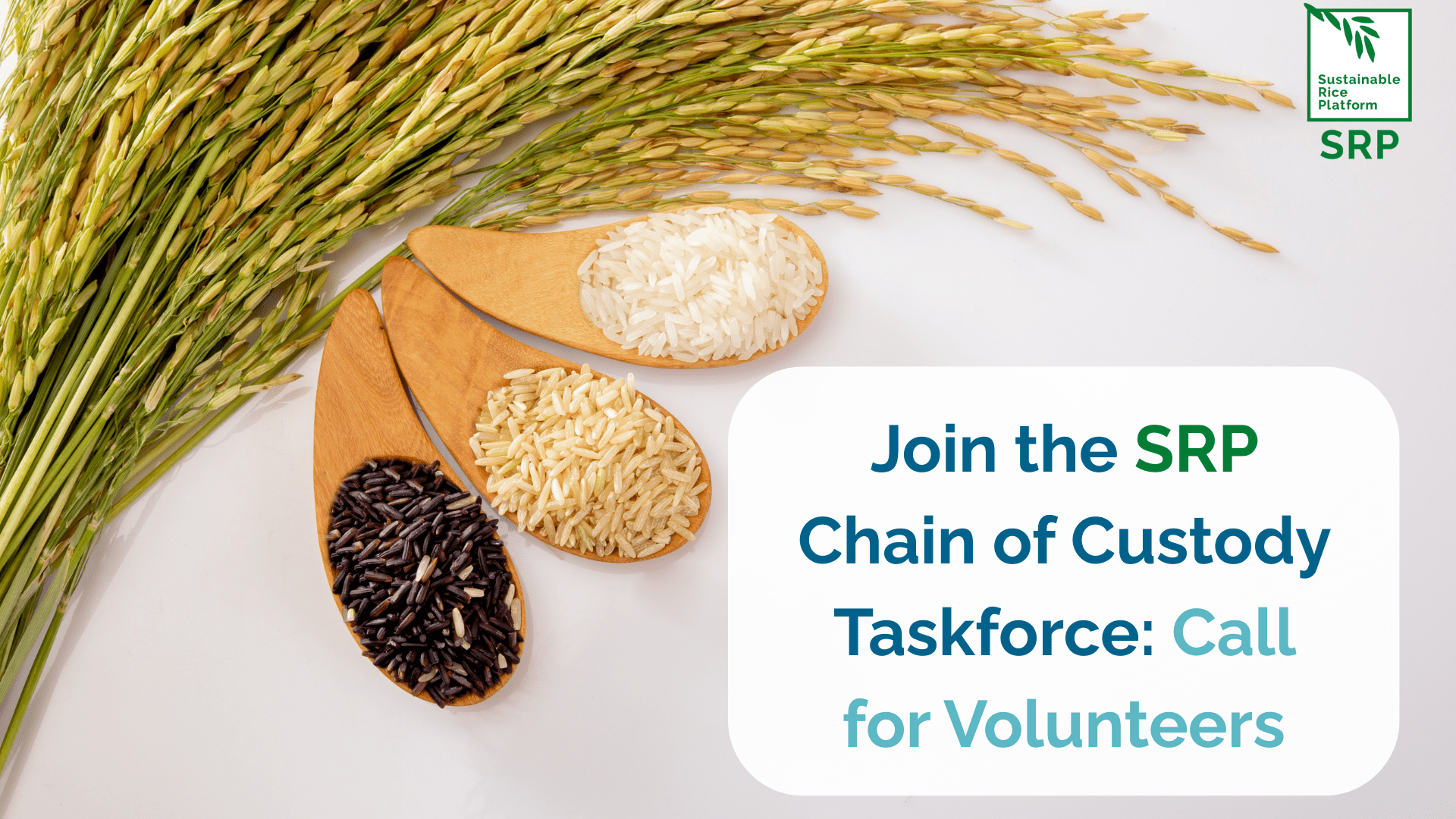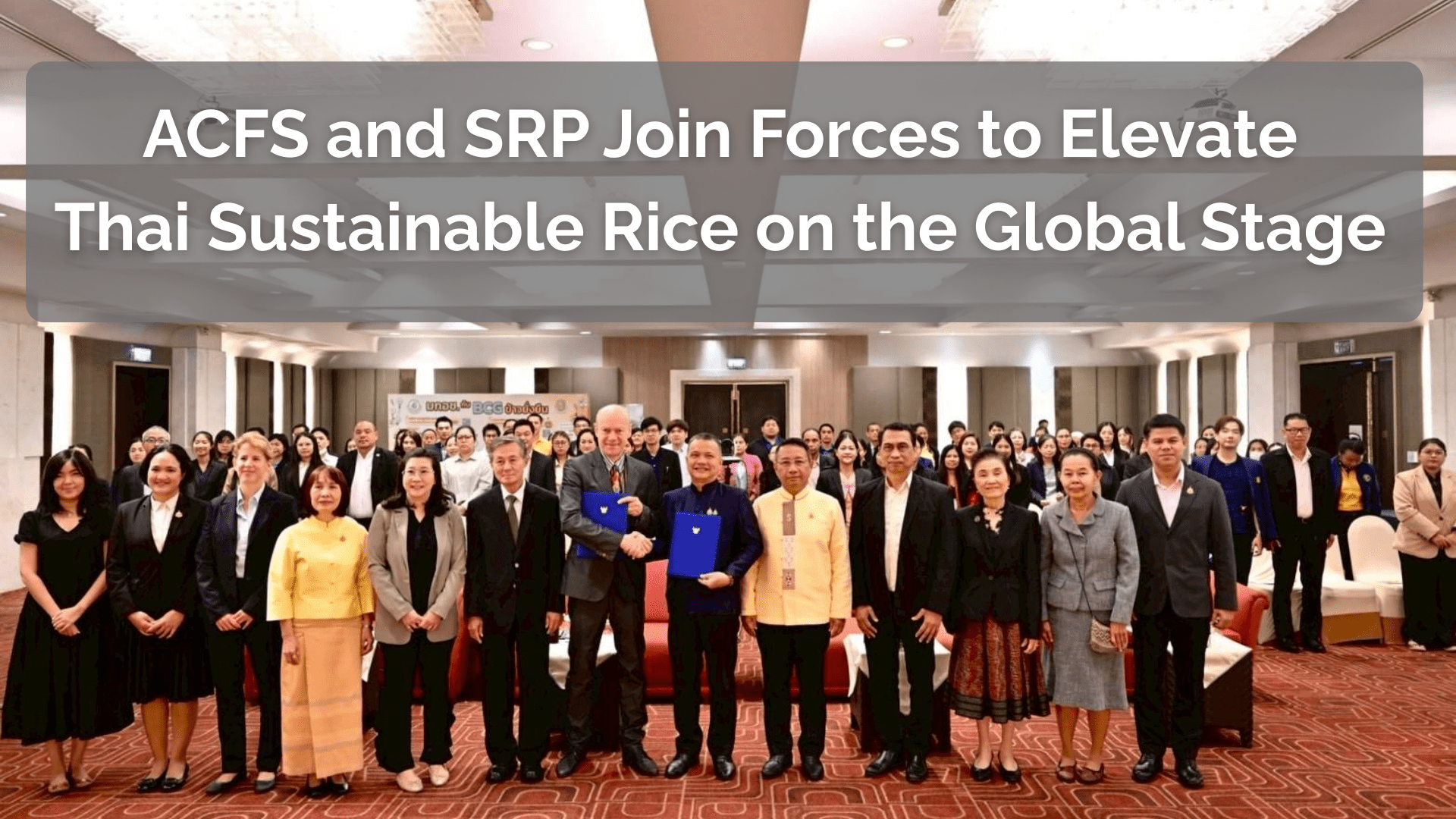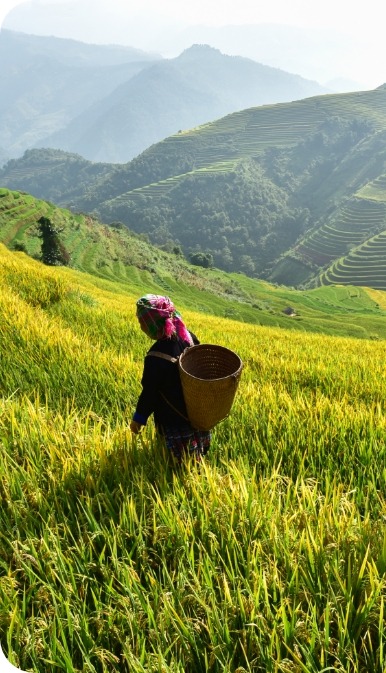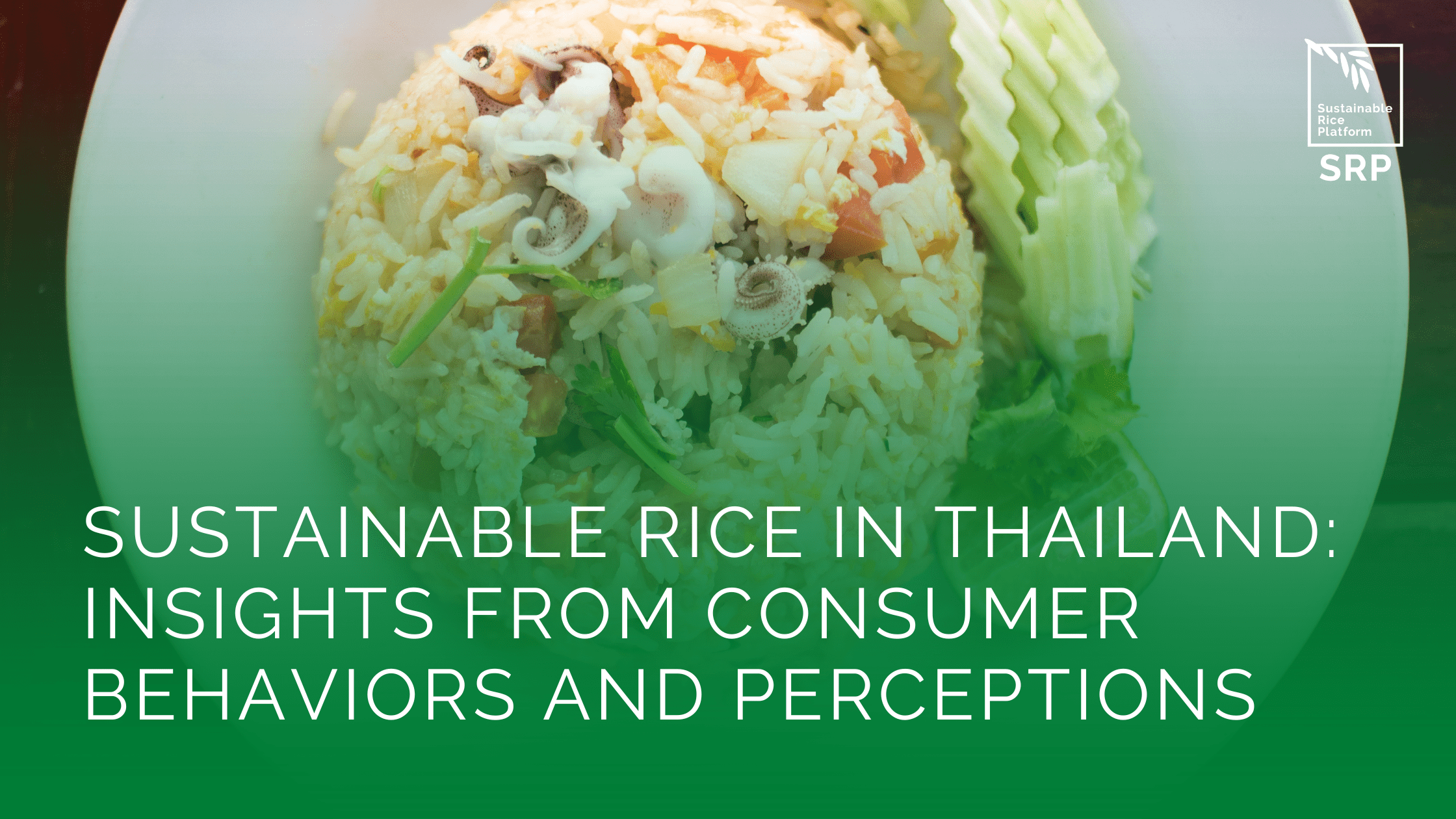
Sustainable Rice in Thailand: Insights from Consumer Behaviors and Perceptions
SRP recently unveiled the results of a consumer survey [1] spanning Asia, providing valuable insights into the evolving landscape of sustainable rice consumption in India, Indonesia, Pakistan, Thailand, and Vietnam. This article explores the survey findings focusing on Thailand, offering a detailed glimpse into the preferences, purchasing behaviors, and sustainability considerations of Thai rice stakeholders.
Rice Preferences in Thailand
The survey reveals that 100% of respondents engage in rice consumption five times a week or more, underscoring the central role of rice in Thai households. Jasmine rice steals the spotlight as the most beloved variety, captivating 84% of respondents, followed closely by glutinous rice, a favorite among 33%. This preference transcends regional boundaries, indicating a universal fondness for these staples.
Purchasing Patterns
Hypermarkets (50%) and local markets (43%) are the go-to venues for rice procurement, with supermarkets and groceries trailing at 31%. Notably, local markets attract a surprising 51% of younger consumers aged 18-24, challenging the conventional wisdom that associates such markets primarily with older buyers. The average purchase price falls between 100-300 Baht (THB) (EUR 2.57 – 7.72), with 72% opting for quantities exceeding 4 kg per purchase.
Sustainable Rice Preference
Sustainability emerges as a critical factor in rice purchasing decisions, with 72% of consumers having previously bought sustainable foods. Younger individuals (82% aged 18-24) and higher-income households (77%) lead the charge in this regard. Quality remains the primary motivator (81%), followed by health considerations (67%) and taste preferences (58%).
While minimizing chemical inputs and promoting health are key characteristics associated with sustainable rice, taste and sustainable certification take precedence in consumption decisions. Older consumers, particularly those aged 45-54 and above 55, show a heightened appreciation for minimal chemical usage in rice.
Willingness to Pay for Sustainable Rice
A significant 84% of respondents indicate a willingness to pay a price premium of 5-10% for sustainable rice, with only 3% outright rejecting any increase. Northeastern buyers exhibit a higher inclination towards sustainable rice, with 58% having previously made such purchases.
Target Consumer Profile for Sustainable Rice
Millennials between 18-34 years old, possessing a higher education (93% with a bachelor’s degree or above), and holding full-time jobs (73%) emerge as the prime target audience for sustainable rice. Quality (81%), health (67%), and taste (58%) are the key attributes they value.
Conclusion
The survey paints a comprehensive picture of Thai rice preferences, emphasizing the importance of sustainability among consumers. Stakeholders in the rice industry would do well to heed these insights, recognizing the evolving landscape and catering to the discerning tastes and values of the Thai consumer.
The full summaries of the consumer survey can be accessed here:
- Emerging Trends in Asia’s sustainable rice consumption
- Emerging Trends in India’s sustainable rice consumption
- Emerging Trends in Indonesia’s sustainable rice consumption
- Emerging Trends in Pakistan’s sustainable rice consumption
- Emerging Trends in Thailand’s sustainable rice consumption
SRP members can access the complete survey results through the member area on the SRP website.
[1] The survey was commissioned by GIZ and conducted by YouGov in March 2022. Funded through the develoPPP programme which Deutsche Gesellschaft für Internationale Zusammenarbeit (GIZ) GmbH implements on behalf of the German Federal Ministry for Economic Cooperation and Development (BMZ) and in collaboration with private companies. The support was provided through the Mainstreaming Sustainable Rice project, which aims to scale sustainable rice production and demand globally. The study targeted respondents who regularly consume rice and are responsible for household food purchases in India, Indonesia, Pakistan, Thailand, and Vietnam.


